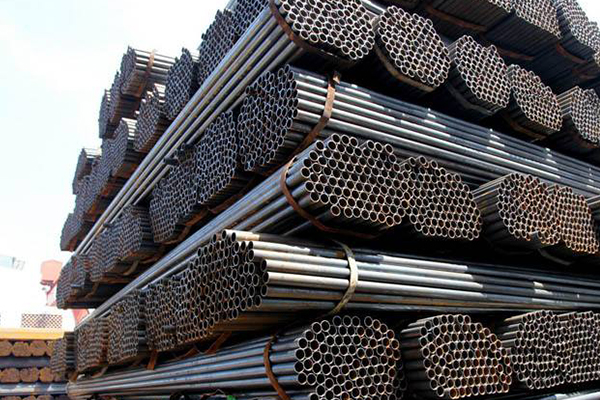In the construction and maintenance industries, scaffolding system are indispensable for providing safe and stable work platforms. Wancheng Tai, a leading name in scaffolding solutions, specializes in designing and manufacturing high-quality scaffolding that meets the diverse needs of its clients. The choice of material for scaffolding systems is crucial, as it directly impacts the safety, durability, and cost-effectiveness of construction projects. This article explores the different materials used in scaffolding, their advantages and disadvantages.

Key Materials Used in Scaffolding Systems
Steel Scaffolding
Steel is one of the most commonly used materials in scaffolding systems due to its strength and resilience. Wancheng Tai offers high-grade steel scaffolding which is capable of supporting heavy loads, making it ideal for large-scale construction projects. Steel scaffolding is particularly valued for its robustness and ability to withstand adverse weather conditions, including high winds and heavy rain.
Advantages:
Durability: Steel is highly durable and can last for decades if maintained properly. It resists wear and tear much better than other materials.
Strength: It can support heavy loads, making it suitable for supporting large crews and the heavy materials they use.
Fire Resistance: Steel is non-combustible, which enhances safety on construction sites.
Disadvantages:
Weight: Steel scaffolding is heavy, making transportation and assembly more challenging.
Corrosion: If not treated or maintained properly, steel can corrode in harsh environmental conditions.
Aluminum Scaffolding
Aluminum scaffolding is another popular choice, known for its lightweight and corrosion-resistant properties. Wancheng Tai provides aluminum scaffolding systems that are easy to move and reposition, which is particularly useful in projects requiring frequent scaffold relocations.
Advantages:
Lightweight: Aluminum is significantly lighter than steel, which simplifies setup and dismantling processes.
Corrosion Resistance: Aluminum naturally resists corrosion, making it suitable for use in coastal areas where salty air can degrade other materials.
Ease of Transport: Its lightweight nature reduces transport costs and facilitates easier handling on site.
Disadvantages:
Strength Limitations: While aluminum is strong enough for most tasks, it does not support the same weight as steel, limiting its use in heavy-duty applications.
Cost: Aluminum scaffolding can be more expensive than steel due to the cost of raw materials.
Wood Scaffolding
While less common today, wood scaffolding is still used for certain types of construction work, particularly in smaller projects or where the scaffolding needs to blend in with historic surroundings. Wancheng Tai occasionally recommends wood for its aesthetic qualities and its ability to be custom shaped and fitted.
Advantages:
Aesthetics: Wood has a natural appearance that can be preferable for certain architectural settings.
Customizability: It can be cut and adjusted on-site, which is advantageous in irregular or confined spaces.
Disadvantages:
Maintenance: Wood requires regular treatment to resist moisture and termites.
Durability: It is less durable than metal options and susceptible to weathering and rot.
Choosing the Best Material for Your Scaffolding System

The selection of the best material for a scaffolding system depends on several factors:
Project Requirements: The size and weight of the materials used on the scaffold, the height of the construction, and the environmental conditions are critical determinants.
Budget: Financial constraints play a significant role in material selection. Steel offers durability and strength but at a higher initial cost than wood.
Duration and Frequency of Use: For long-term or repeated use, investing in durable and low-maintenance materials like steel or aluminum is more cost-effective.
Conclusion
The right material for scaffolding systems varies based on specific project needs, environmental conditions, and budget constraints. Whether it’s the robustness and durability of steel, the lightweight flexibility of aluminum, or the natural aesthetics of wood, Wancheng Tai offers expert guidance and high-quality scaffolding solutions to ensure safety and efficiency on every construction site.
Tags: Ringlock Scaffolding System, Kwikstage Scaffolding System







